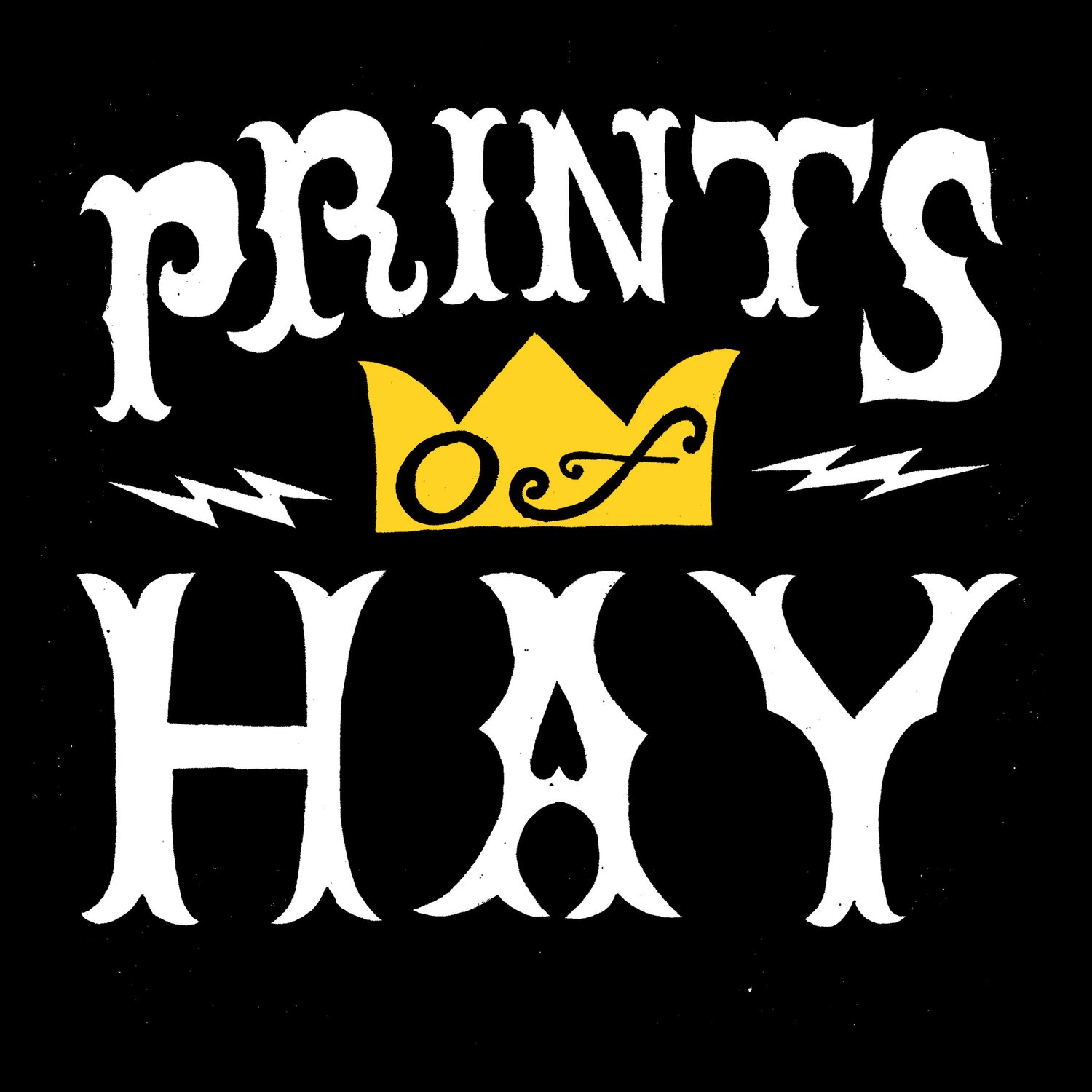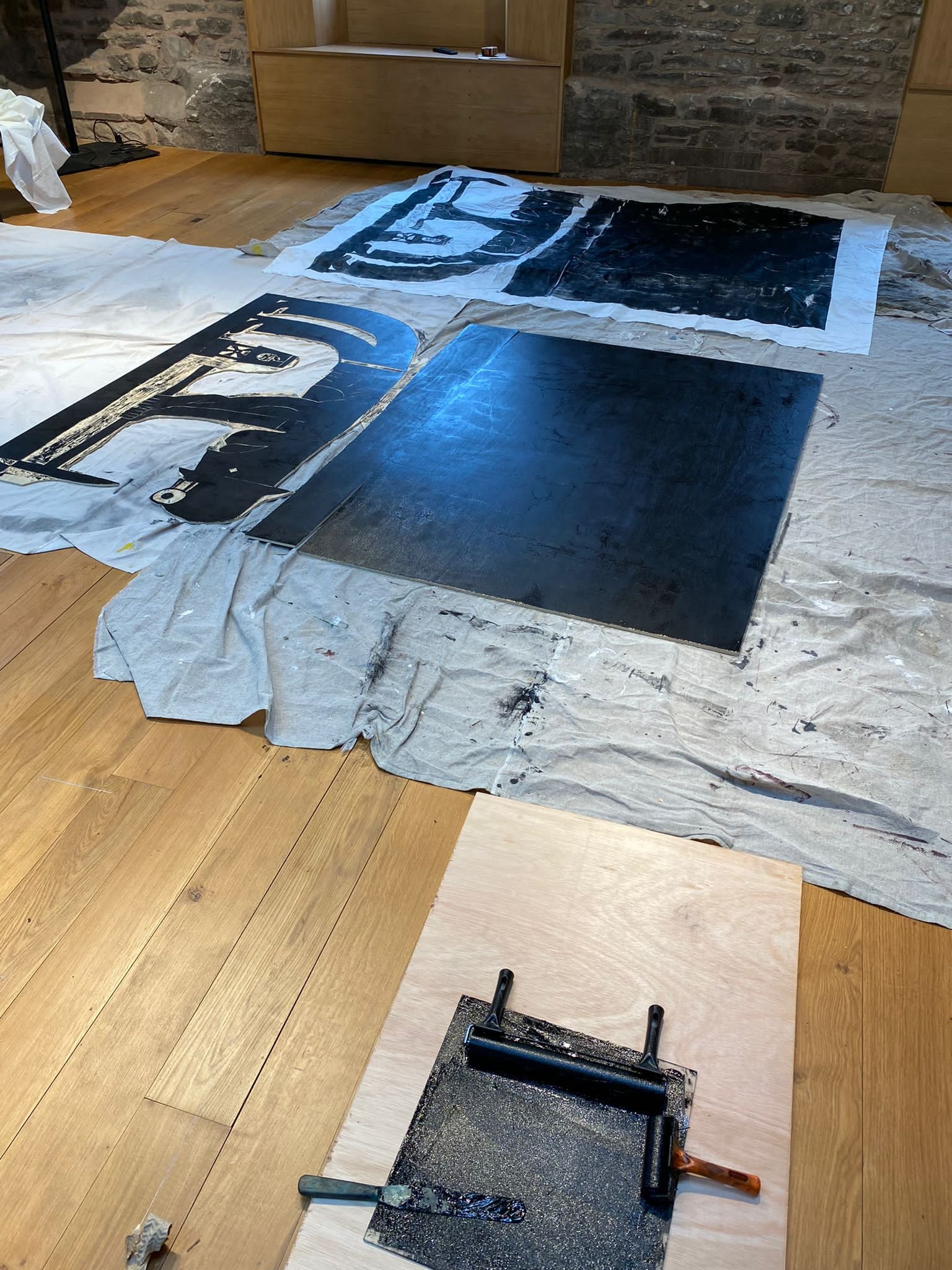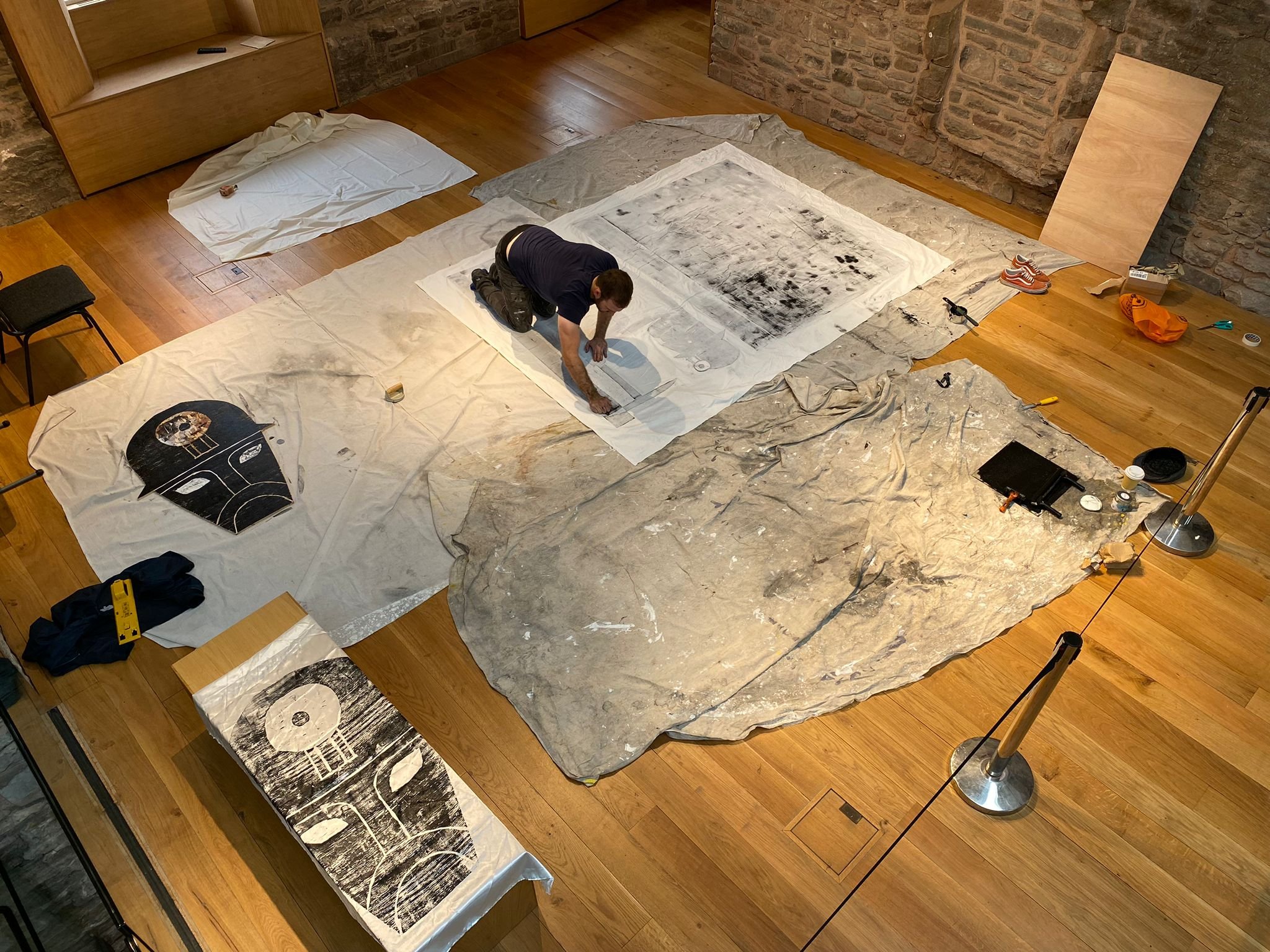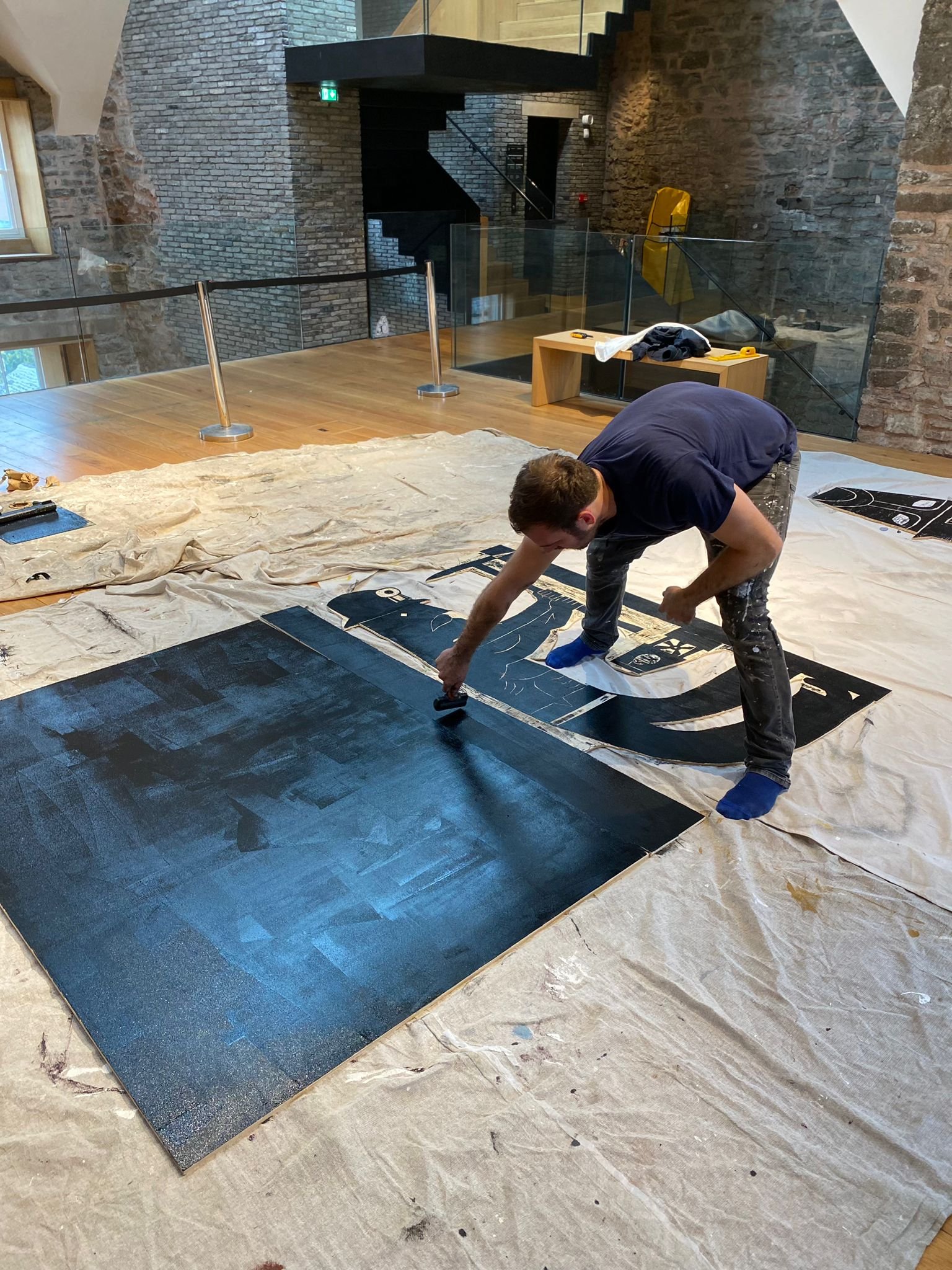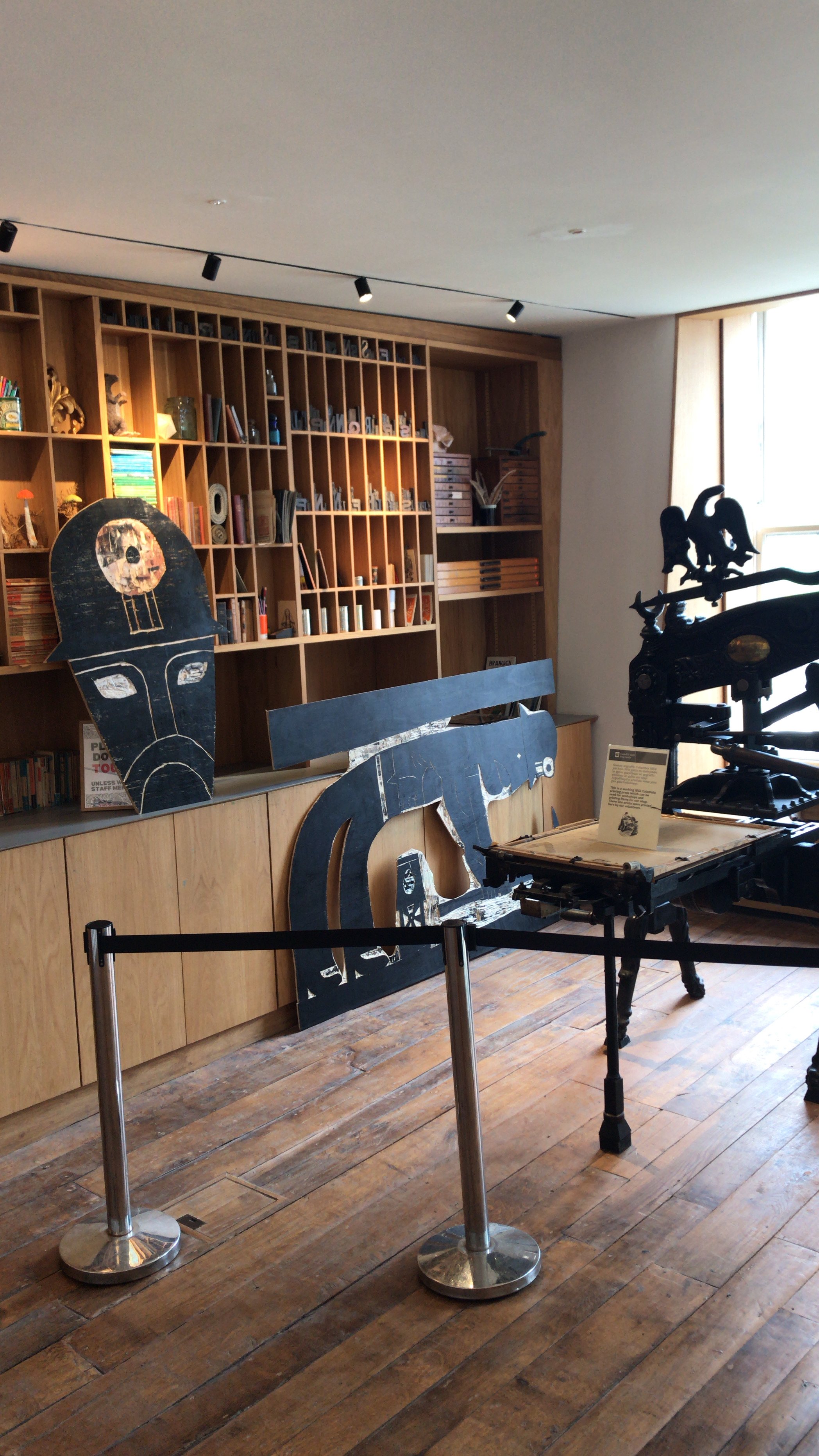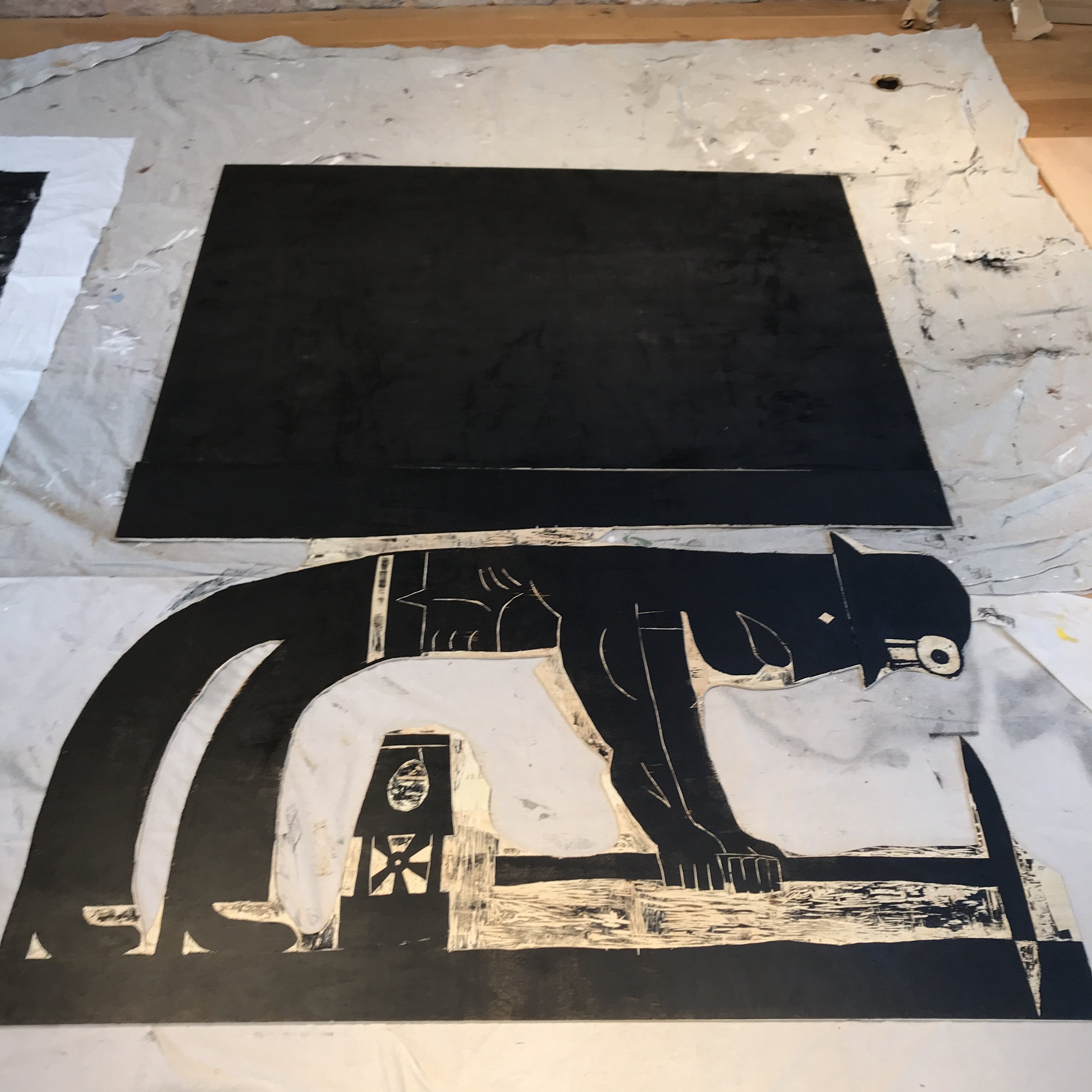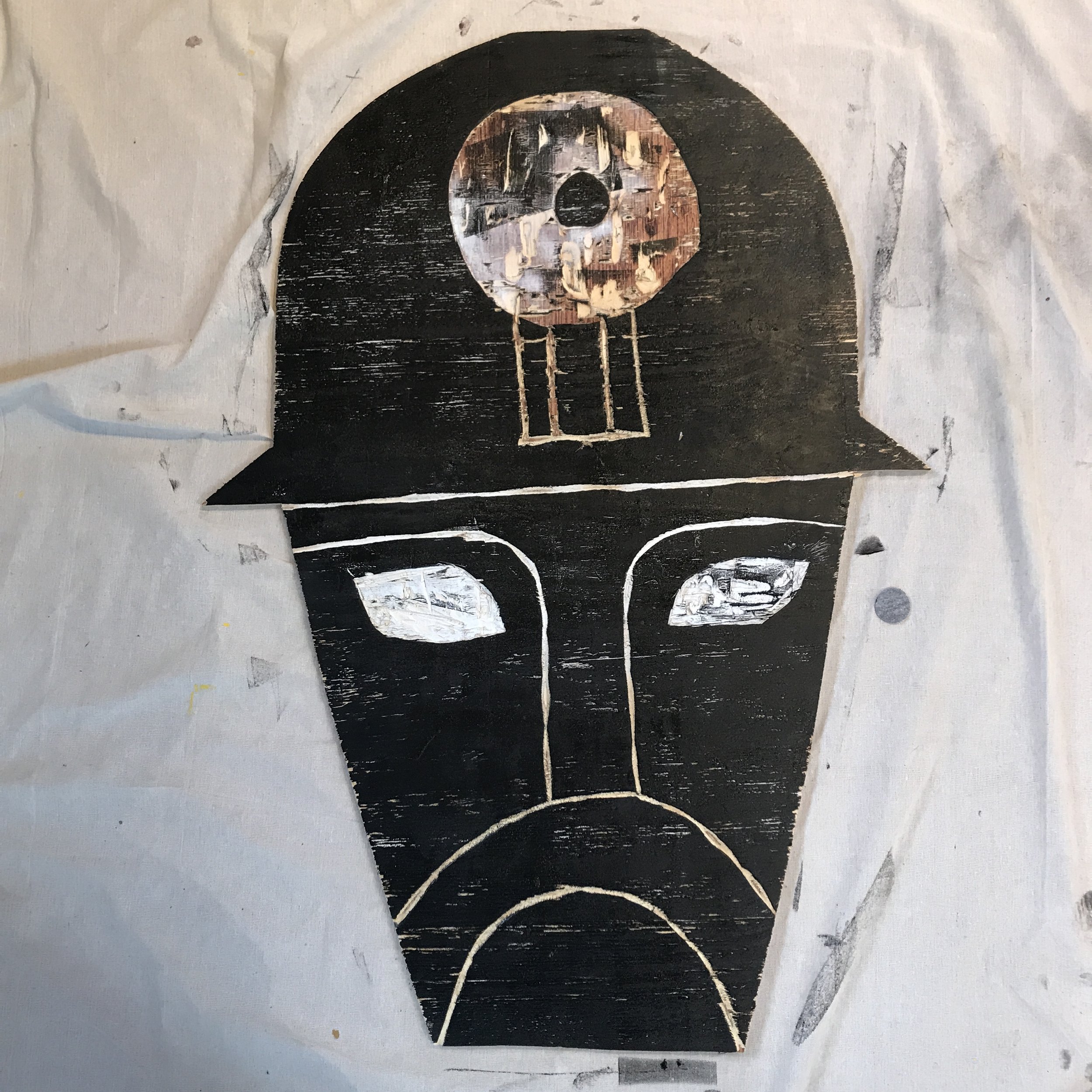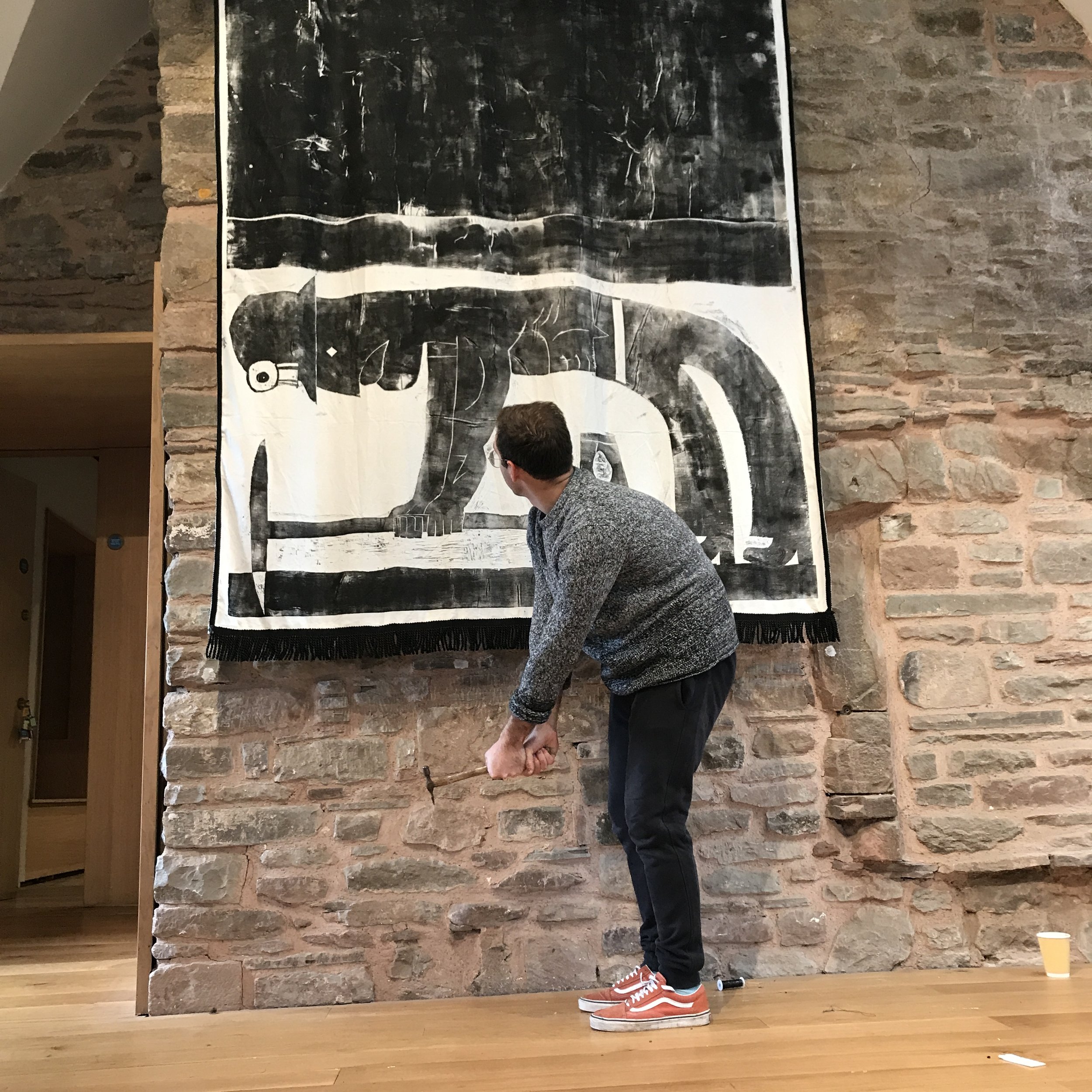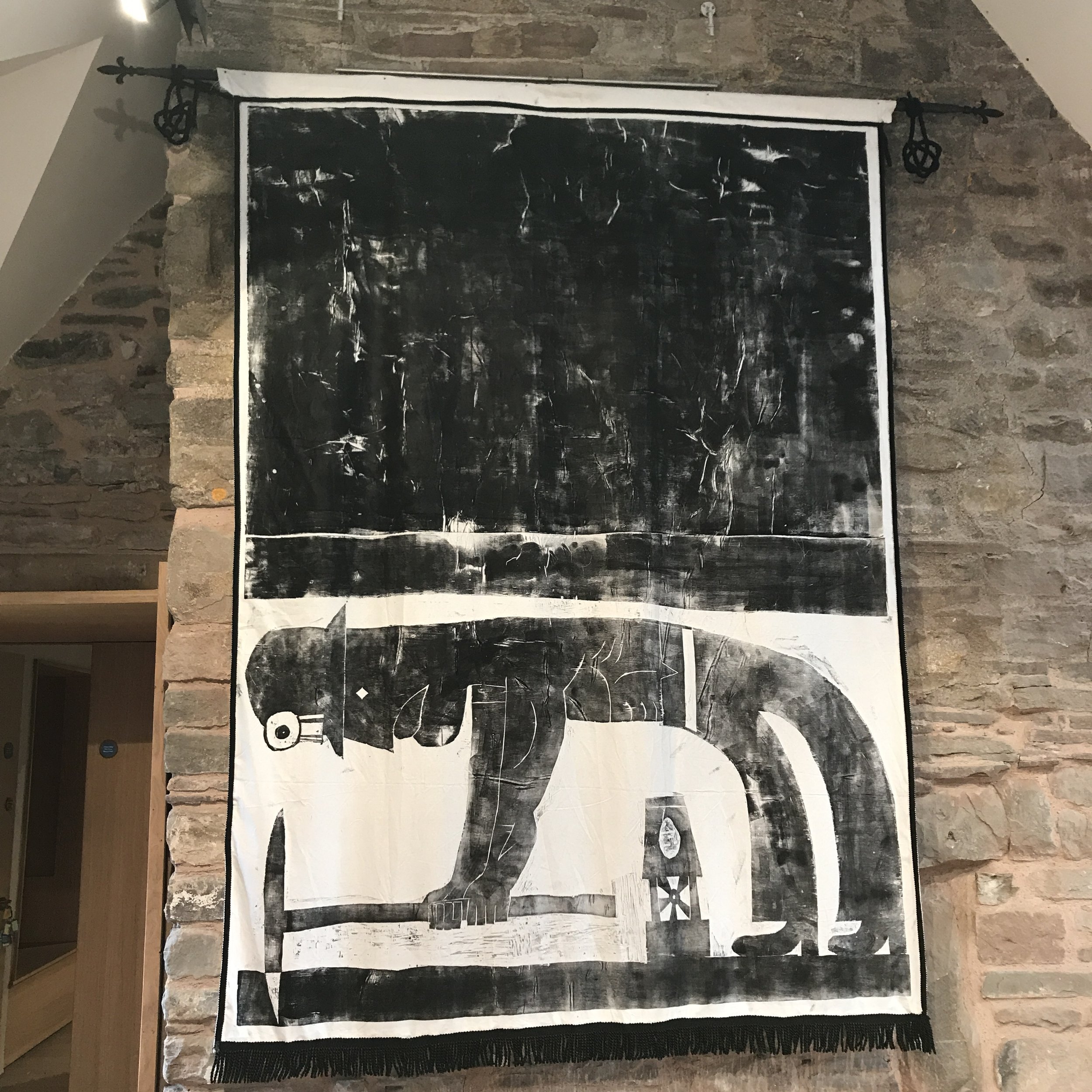‘The Miner’ by Aidan Saunders
Joseph Herman Exhibition.
From September 28th to November 12th 2023 Hay castle held an exhibition comprising of the works of Joseph Herman , Maurice Sochachewsky, Martin Bloch, Fred Uhlman, Bettina Adler, Heinz Koppel and Harry Weinberger. It was the first time these works were brought together and were loaned from Ben Uri Gallery, Brecon Y Gaer Museum, Glynn Vivian Art Gallery, Big Pit National Coal Museum, Martin Bloch Trust, private collectors and Trinity Hall Cambridge. The exhibition was shown alongside works made by people currently seeking sanctuary in Wales.
Aidan Saunders was commissioned to respond to the exhibition and create two works which would accompany the show in it’s duration. Growing up in a former mining community Aidan based his piece on Welsh mining.
‘It is a dreadful job that they do, an almost superhuman job by the standards of an ordinary person. For they are not only shifting monstrous qualities of coal, they are doing it in a position that doubles or trebles the work.’ George Orwell ‘The Road to Wigan Pier.
Growing up long after mining had left the area, the indelible marks left by the industry were evidenced throughout the community; it’s disused railways, streets of terraced houses winding like veins throughout the village and of course old Bampa’s who would tell tales of pit collapses, blind ponies and (to scare) how they sent little boys down those dark mines.
These echoes of mining culture made Aidan respect the Miner as a mythic figure, a character and lifestyle almost lifted from the Mabinogion. For this reason his pieces ‘The Miner’ and ‘The Head’ were heavily influenced by ancient iron age art, a nod to Wales rich mythological heritage.
By depicting mining in the is way Aidan is showing the importance that mining has had on Wales and how it is part of a rich cultural tapestry which goes back thousands of years.
Aidan designed these pieces to be banners as mining banners were used by different trade unions and were used during protest, rallies and fun gala days.
Mining banners and parades brought together communities and was often a call to action, Aidan designed his banners as an homage to mining itself and asks audiences to reflect on the mythic miner and how mining tradition has shaped welsh culture.
It was important for Aidan to do all of the work for this project by hand, everything from the carving of the designs, the printing of the fabric and the stitching of the banners were all painstakingly done by Aidan himself without machines as a way to pay homage to the herculean labours of working miners.
‘ You have a tolerable-sized mountain on top of you ; hundreds of yards of solid rock, bones of extinct beasts, subsoil, flints roots of growing things, green grass and cows grazing on it’ George Orwell, The Road to Wigan Pier.
‘The Miner’ artist mock up by Aidan Saunders
‘The Miner’
Evoking thoughts of Atlas with the world on his shoulders, Aidan wanted to convey the difficulty of the job and give a sense of oppression both literally and figuratively.
This is conveyed in the impossible position of the miner, bent at the knees (in the wrong direction) almost to show he is being squashed by the weight of the earth as well as to show the impossibility, discomfort and superhuman nature of the Miner’s job.
‘The Head’ by Aidan Saunders
‘The Head’
The Head is heavily inspired by the ‘Mšecké Žehrovice Head’ a limestone head discovered in the Czech Republic in 1943 and the wondrous head of Bran the blessed/ Bendegeidfran . Aidan always though the head looked like everyone’s welsh uncle or Windsor Davies (who everyone says they are related to). This was the springboard for Aidan to start using iron age imagery to inform his work.
With ‘The Head’ the miners eyes are empty showing blindness, Morloch like but they also seem illuminated by the shiny pearlescent fabric coming through the solid black image, this is to show enlightenment or a state of flow which is achieved when in the midst of hard work.
The heads eyes are pupilless but the lantern is not however showing that it is not just a source of sight and is situated in the position of the ‘third eye’ known in Hinduism and Buddhism to provide perception beyond ordinary sight.
